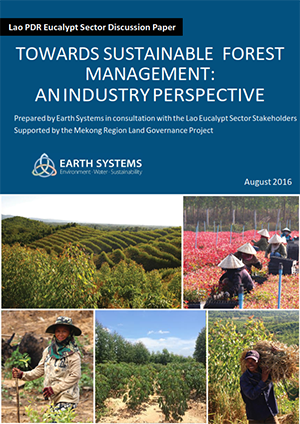Community natural resource management: the case of woodlots in northern Ethiopia
This paper examines the nature of community management of woodlots and investigates the determinants of collective action and its effectiveness in managing woodlots...in Tigray, northern Ethiopia. We find that collective management of woodlots generally functions well in Tigray.... The findings suggest collective action may be more beneficial and more effective when managed at a more local level, when the role of external organizations is more demand-driven, and when promoted in intermediate population density communities more remote from markets.










